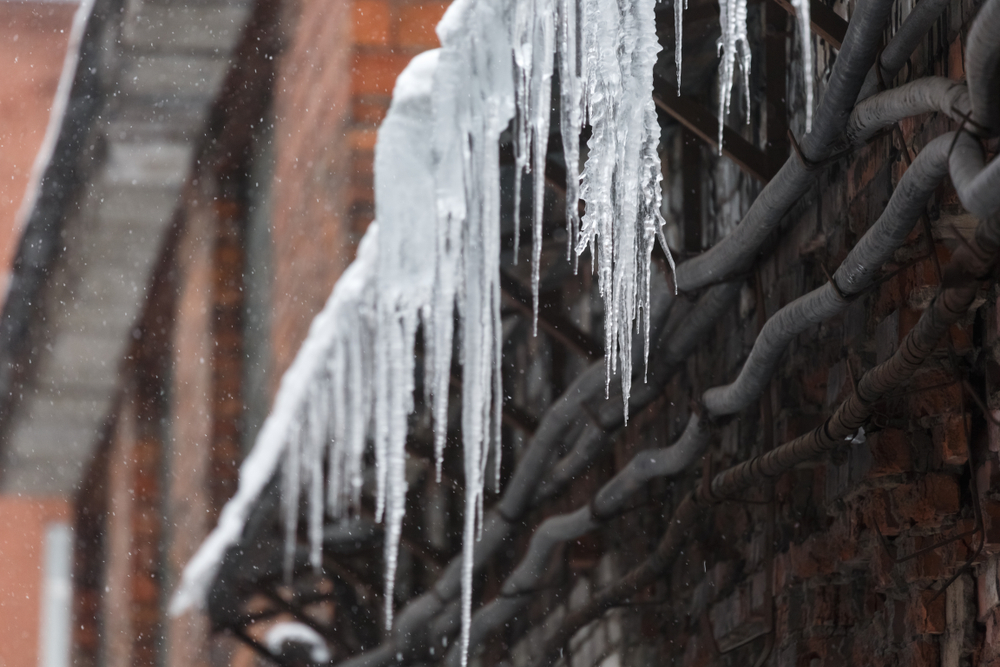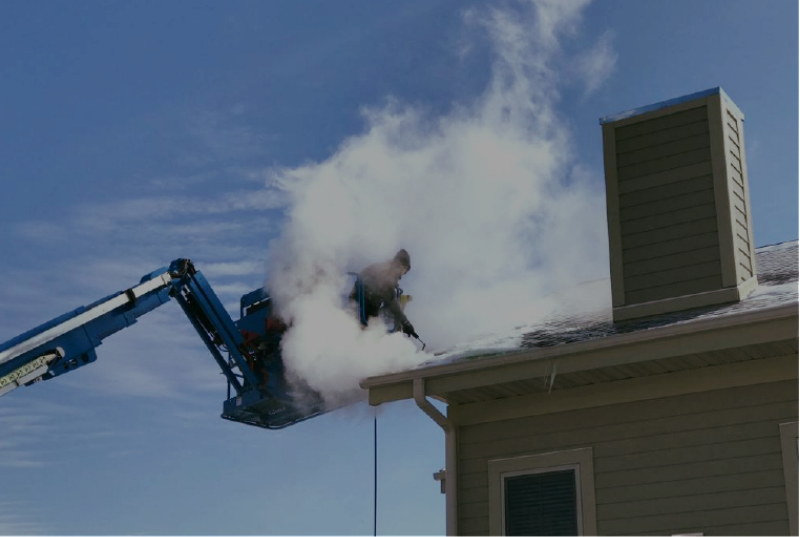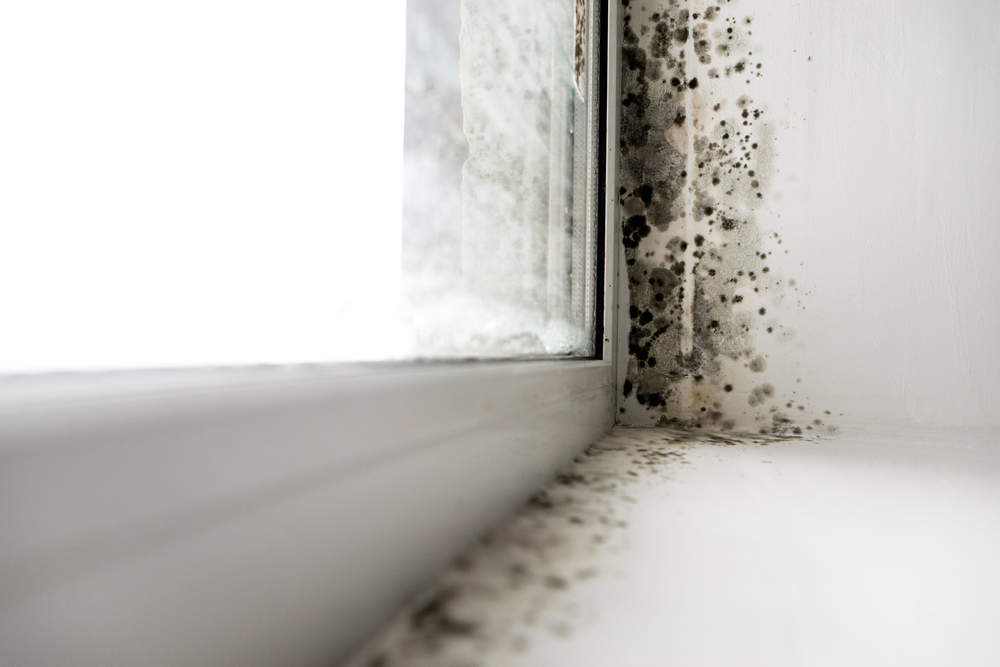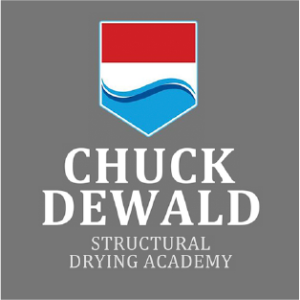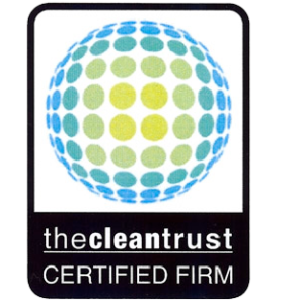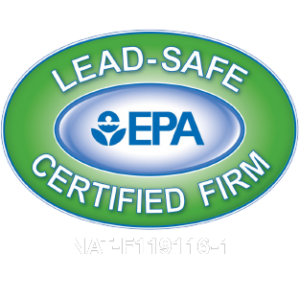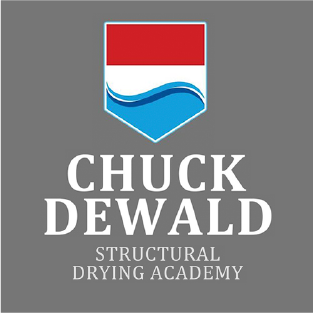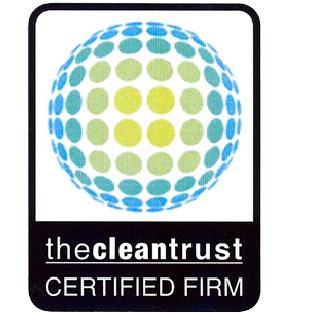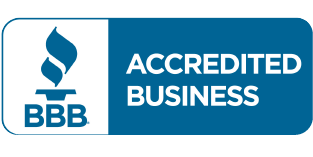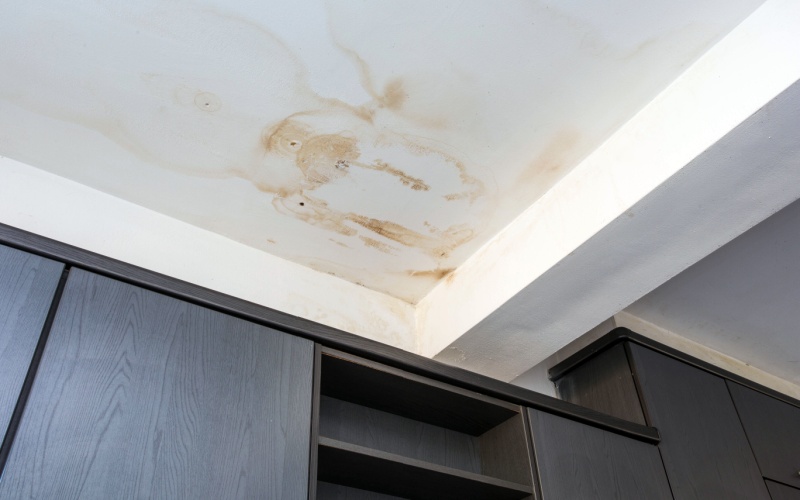
Comprehensive Guide to Ceiling Water Damage: Detection, Repair, and Prevention
Ceiling water damage is one of those problems homeowners and business owners often notice too late—when stains appear, paint bubbles, or worse, parts of the ceiling sag or collapse. Whether the cause is a leaky pipe, heavy rain, or a backed-up drain, the quicker you identify and respond to the issue, the better.
In this guide, we’ll walk you through the common causes of ceiling water damage, how to fix water-damaged ceilings, and when it’s time to call in professionals like the team at Revive Restoration.
If left untreated, water damage can lead to major structural problems and serious health concerns from microbial growth—mold and mildew can begin forming within just 72 hours. That’s why fast, thorough drying and proper repair are essential.
Quick Guide: Repairing Ceiling Water Damage
Before you jump into repairs, here are the three most important things to know:
- Stop the source first: Always locate and fix the cause of the damage—whether it’s a plumbing issue, roof leak, clogged gutters, or HVAC malfunction.
- Assess the damage level: Minor stains might just need primer and paint, while major damage could require drywall replacement.
- Make sure it’s 100% dry: Use fans, dehumidifiers, and moisture meters to verify that the ceiling is dry before starting repairs.
Repair Methods Based on Damage Level
Preparing Your Ceiling for Repairs
No matter how minor or major the issue, do not begin repairs until the ceiling is completely dry. Lingering moisture can cause ongoing damage or mold growth—especially if the water source came from a toilet or sewage line, which introduces dangerous bacteria and requires proper disinfection.
- Use fans or dehumidifiers to dry the area thoroughly.
- Confirm dryness with a moisture meter.
- Remove and dispose of all unsalvageable materials.
For Minor Water Damage
- Clean the area with mild detergent and water.
- Once fully dry, apply a stain-blocking primer.
- Paint over the repair with matching ceiling paint.
- Use joint compound for small surface cracks before repainting.
For Moderate to Severe Water Damage
- Cut out damaged drywall back to the nearest joists.
- Measure and cut replacement drywall to match thickness.
- Secure it with drywall screws, tape seams, and apply joint compound.
- Sand smooth, prime, and repaint to match.
Pro Tip: If electrical components are exposed or you suspect mold growth, skip the DIY approach and call a professional.
Common Causes of Ceiling Water Damage
Fixing a water-damaged ceiling is only part of the solution—you need to find and stop the source. Here are the most common culprits:
Plumbing Issues
- Check upstairs bathrooms for leaking fixtures, burst pipes, or overflowing toilets.
- Inspect kitchens and laundry rooms for appliance leaks and faulty water line connections.
- Look under sinks and P-traps for dripping or cracks.
Roof Problems
- Inspect shingles for damage or missing pieces.
- Look at flashing around chimneys and vents for signs of cracks or separation.
- Review recent weather events that may have impacted the roof’s integrity.
Gutter Issues
- Check for clogged or overflowing gutters that cause backflow under the shingles.
- Look for sagging gutter sections that allow water to pool and flow toward your home.
HVAC and Ventilation
- Check HVAC units for clogs in drain lines and full drip pans.
- Ensure bathrooms and kitchens are properly ventilated to avoid excess moisture buildup.
When to Call Professionals
There are some situations where DIY repair just isn’t safe or effective. Contact restoration professionals when:
- Water damage is widespread or affects multiple rooms
- You notice signs of mold or musty smells
- Electrical components are involved
- You can’t locate the water source
- The water came from a sewage or toilet backup — this requires professional sanitation
At Revive Restoration, we specialize in identifying the source of water damage and fully restoring affected areas—whether it’s your ceiling, walls, or flooring. Our team uses commercial-grade drying equipment, infrared leak detection, and mold remediation protocols to get the job done right the first time.
Don’t Wait—Restore Your Ceiling the Right Way
Ceiling water damage might start small, but if left unchecked, it can turn into a major—and expensive—issue. Taking action quickly protects your home or business from deeper structural damage and long-term health risks. Whether it’s from a leaking pipe, storm damage, or something more severe, Revive Restoration is here to help.
We’re proud to be Wisconsin and Minnesota’s trusted choice for full-service water damage repair. Contact us today for a free inspection or emergency service.

Newsletter Coming Soon!
Receive regular updates on tips and tricks to keep your house or office building in tip-top shape.




